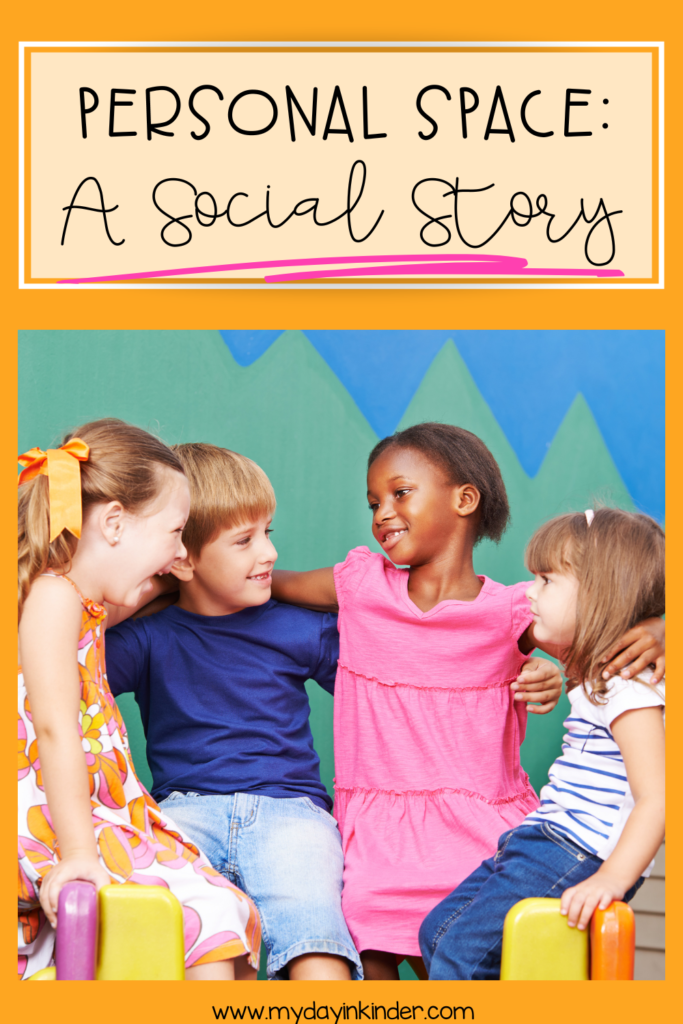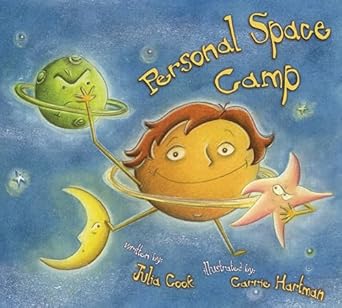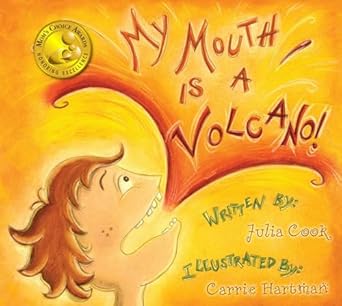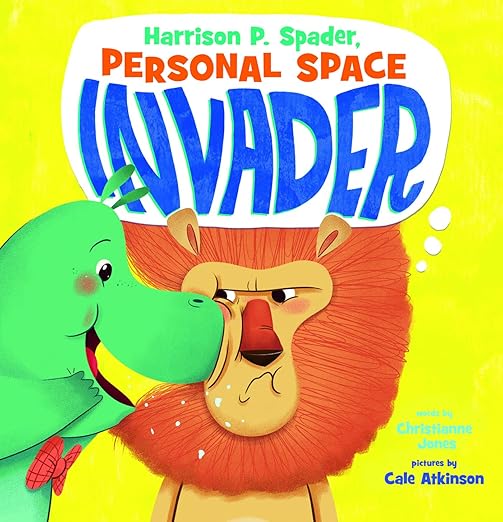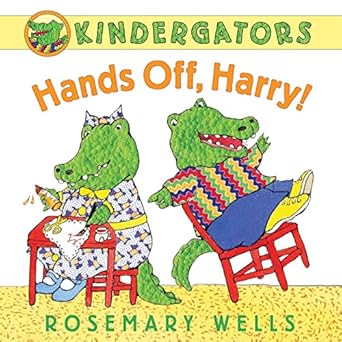Personal Space Activities for Students: Teaching Boundaries with Social Stories and Printables
Understanding personal space is one of the most important social skills students can learn, especially in the early years of their education. However, for many students—particularly younger children and those with special needs—the concept of personal space can be a bit confusing. They often don’t realize when they’re standing too close to a classmate, crowding someone’s desk, or even bumping into others during line-up time. This is where engaging personal space activities and personal space social story printable come into play. These tools help students grasp the idea of respecting their own space and others’ personal space in a fun, accessible way.
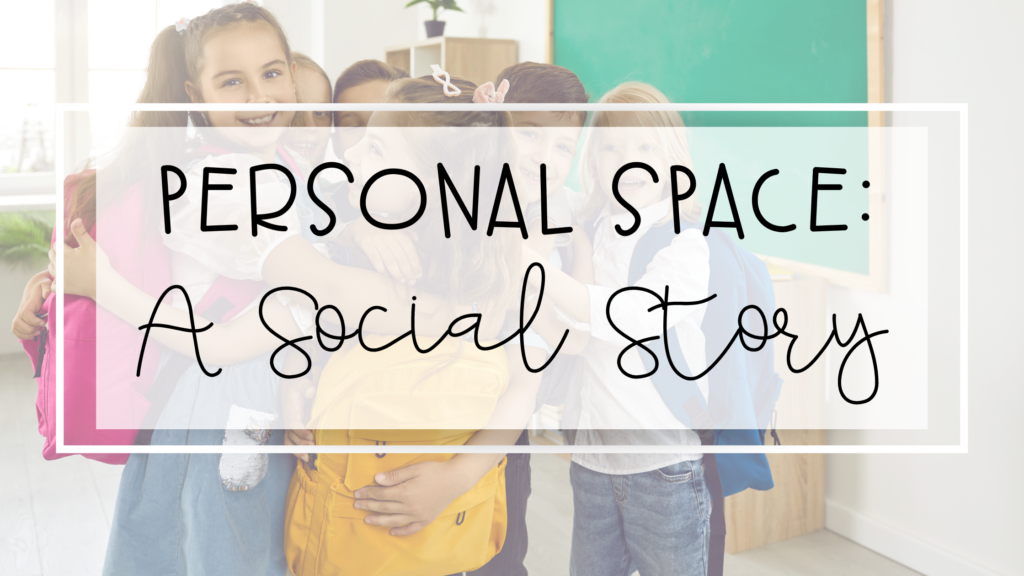
Let’s explore why personal space can be difficult for kindergarteners to understand, some practical personal space activities for students of all ages, and a short book list that can aid in teaching these important life skills.
What is Personal Space?
Personal space refers to the invisible bubble we all have around us, a buffer zone that helps us feel comfortable during social interactions. Some people need more personal space, while others are fine with standing a bit closer. The concept of personal space is a fundamental part of our social norms, dictating how we interact with different people in different settings. It plays an essential role in daily interactions, whether it’s in the classroom, at home, or during playtime.
Children, especially younger ones, often struggle to understand these invisible boundaries. They might not pick up on nonverbal communication, such as facial expressions or body language, indicating that they’re too close to someone. Learning to respect personal space is an important concept that helps children build healthy social relationships, recognize social cues, and avoid unintentional invasions of other people’s personal space.
For children with special needs, such as those on the autism spectrum, understanding personal space can be particularly challenging. These children might not grasp the idea of personal boundaries intuitively, making it even more crucial to incorporate structured learning tools like social narratives and hands-on activities to teach this skill.
Why is Personal Space Challenging for Kindergarteners?
Kindergarteners, by nature, are still developing many important thinking and social skills. One of the reasons personal space is difficult for them to grasp is that they are still learning about appropriate physical boundaries in different social situations. Some reasons why personal space can be a challenge include:
- Developmental Differences: At this age, children are still learning about their bodies and how they fit into the world around them. They may not fully understand that standing too close to someone can make others uncomfortable. Learning these skills is part of their social-emotional learning process.
- Varied Experiences: Children come from different family environments, where personal space boundaries may vary. What might be acceptable behavior at home with siblings and close friends might not be considered appropriate behavior in the classroom.
- Special Needs Considerations: Students with special needs, such as autistic children, may have an especially hard time understanding and respecting personal space. They might struggle with nonverbal communication, body language, or other social cues that tell them when they’re too close to someone else.
- Impulse Control: Young children often act impulsively without fully considering how their actions might affect others. They may forget to respect others’ personal space simply because they’re excited or focused on something else.
Personal space can often lead to distracting behavior, which can soon become disruptive to the classroom environment and learning.
Personal Space Activities for Students
Teaching personal space to elementary students requires a combination of visual tools, hands-on activities, and social stories that cater to their developmental level. Here are some effective personal space activities for students that are both fun and educational.
1. Hula Hoop Activity
One of the most popular activities to teach the concept of personal space is the hula hoop activity. Each student is given a hula hoop and asked to imagine that it represents their personal space bubble. As they move around the classroom or playground, they must ensure their hula hoop doesn’t touch anyone else’s hoop. This visual and physical representation of personal space helps younger children better understand appropriate social distances. It’s an excellent way to help them visualize their boundaries in a fun and interactive way.
2. Personal Space Circles
This activity involves creating personal space circles on the floor using chalk or tape. Each student stands inside their circle, and the teacher explains that this is their personal bubble. This activity helps students visualize what an appropriate physical distance looks like in different settings. It’s also useful for teaching appropriate behavior in crowded areas like the hallway, lunchroom, or playground.
3. Social Skills Role-Playing
Role-playing is a great way to teach personal space in real-life situations. Teachers can create scenarios where students have to navigate personal space during common school activities, like standing in line, sitting at a table, or playing a game. Through these role-playing activities, students practice good choices by respecting others’ personal space and maintaining appropriate behavior in social interactions.
4. Personal Space Camp
In this game, students are assigned various tasks related to personal space, such as standing in line, sharing a table, or playing a group game. They are evaluated based on how well they respect the personal boundaries of others. This can be a fun and engaging way to teach younger children about personal space while providing positive reinforcement for good choices.
Personal Space Social Story Printable
Social stories are a powerful tool for teaching important social skills like personal space. A personal space social story printable can be used as part of your lesson plans to help students visualize and understand different social situations. These short stories use simple language to explain how personal space works in different scenarios, such as at school, during playdates, or at home. They can include visuals, task cards, and worksheets that allow students to interact with the material and reinforce what they’ve learned.
A personal space social story printable is especially helpful for children with special needs, as it breaks down the concept of personal space into manageable steps. Teachers can create a variety of activities that accompany the story, such as drawing pictures of personal bubbles or using a free social story that shows the proper way to stand in line, share materials, or sit at the lunch table without crowding others.
Short Book List for Personal Space Lessons
Incorporating children’s books into personal space lessons is a great way to reinforce what students are learning about boundaries. Books help make abstract concepts more relatable and provide examples of personal space in different settings. Here are a few books that can help teach personal space to elementary students:
Personal Space Camp by Julia Cook
This book humorously explains personal space through the eyes of a child who doesn’t quite understand the concept. It’s a fun read that teaches the importance of personal space in a lighthearted way.
My Mouth is a Volcano by Julia Cook
Another great story by Julia Cook, this book addresses the issue of interrupting others and how to manage self-control, tying in nicely with lessons about respecting personal boundaries.
Personal Space Invader by Christianne Jones
This book follows a character who struggles with respecting others’ space. Through funny, relatable situations, it helps children understand why personal space is important and how to recognize when they’re standing too close to someone.
Hands Off, Harry! by Rosemary Wells
This story teaches children about keeping their hands to themselves and respecting other people’s physical boundaries, which is a key aspect of understanding personal space.
Integrating the Personal Space Social Story Printable and Other Activities into Lesson Plans
When integrating personal space into your lesson plans, it’s important to talk about both verbal and nonverbal communication. Here are a few strategies to help students develop a good understanding of personal space:
- Visual Aids: Use posters or charts to show what appropriate social distances look like in different situations. This can be a helpful reference for younger children who may need reminders throughout the day.
- Social Norms Discussion: Talk with students about the social rules around personal space. Discuss how personal space varies in different situations, such as when they’re with close friends versus standing in line with classmates.
- Role-Playing Scenarios: Create role-playing activities where students can practice maintaining appropriate social distance. This works well for both younger and older students, including those in middle school and high school, who may need to refine their understanding of personal space in more complex social situations.
Teaching personal space to students, especially at the elementary level, is an important lesson that helps them develop critical social skills. Whether using personal space activities like the hula hoop game, role-playing scenarios, or social stories, these methods provide students with the tools they need to respect their own space and the personal space of others. By reinforcing these lessons with children’s books and interactive activities, you can help your students gain a better understanding of personal boundaries, setting them up for success in both school and life.
